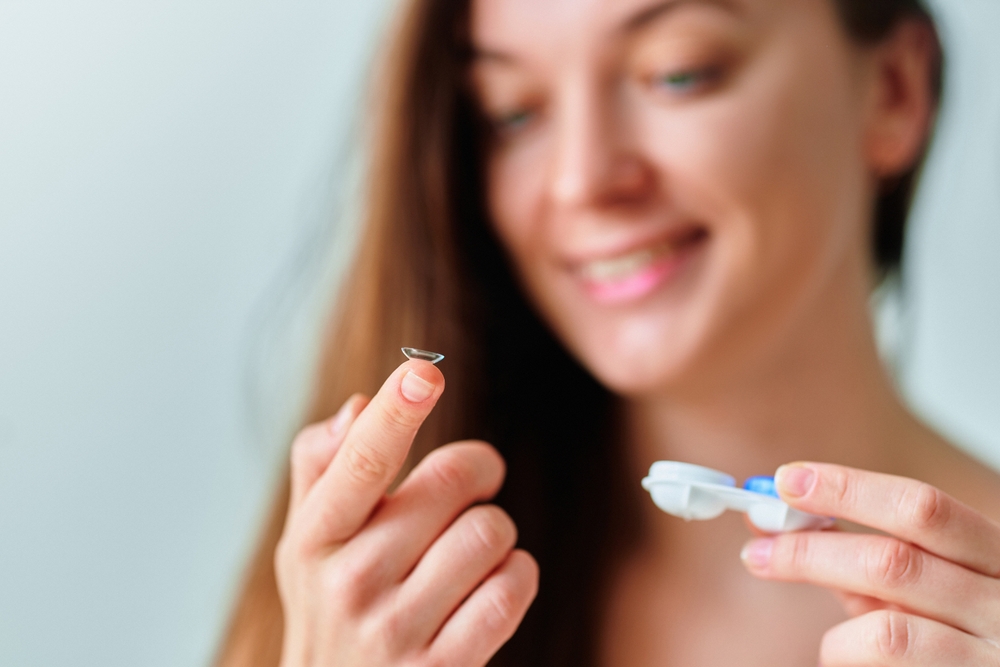
According to the latest report by the Centers for Disease Control and Prevention, there are close to 45 million contact lens wearers in the U.S. alone. Contacts have become inconspicuous, preferred by many as an effective device for correcting vision.
Contacts are not a foolproof vision correction: Sometimes, they can be uncomfortable or cause more harm than good, especially if you have a preexisting condition such as dry eye syndrome. They may also lead to other eye issues. For this reason, you should take extra precautions if you have dry eye and are on contact lenses. Here are some tips.
Contact Lens Options for Dry Eye
Before commencing treatment, your optometrist will identify the cause of your dry eye. Next, they may recommend several treatments, including using lubricating eye drops. You may also need to switch medications if they cause your dry eye. But if the lenses are the problem, here are a few recommendations.
Use Contacts for Shorter Periods
According to the National Eye Institute, about five million Americans suffer from dry eye. Some of them require contact lenses for clear vision. Unfortunately, using them for long periods can also result in dry eye. If you already experience dry eye or developed it while wearing them, experts recommend wearing contact lenses for shorter periods.
Consider the Lens Water Content
Soft contacts are often classified by the amount of water they comprise. Surprisingly, contacts with high water content are more likely to result in dry eye syndrome than those with low water content. It is because when you first wear them, they tend to send more moisture to the eye, drying out faster. Try various water-content lenses until you find the best fit for you.
The Lens Material
A wide variety of contact lenses are available, comprising various materials. While soft lenses have a flexible plastic that allows oxygen to reach your eye, rigid gas-permeable ones do the same but with a hard material.
Disposable soft lenses are typically made of hydrogel and are perfect for dry eyes. However, silicone-based hydrogel contacts are better, as they retain water longer than others. On the other hand, the FDA-approved Proclear® contacts top the list, as they comprise phosphorylcholine. According to experts, it attracts water and keeps your eyes lubricated.
What About the Lens Size?
Most contacts cover the colored part of your eye called the iris. However, scleral lenses are much larger and cover even a part of the region called the sclera. They are gas-permeable and have been reported to show improvement in dry eye symptoms.
Do You Take Good Care of Your Contacts?
Many options are available to help alleviate symptoms of dry eye. Switching to a different type of lens is a good place to start. Also, taking care of the ones you use is imperative. Clean and change them as instructed.
Put them in only for the prescribed time. Use eye drops more often in a dry environment, like a heated room during the cold season. If all these do not work, consult your eye doctor for alternative solutions.
For more on managing dry eye while wearing contacts, visit City Eyes Optometry Center at our office in Sherman Oaks, California. Call (818) 960-1300 to book an appointment today.



